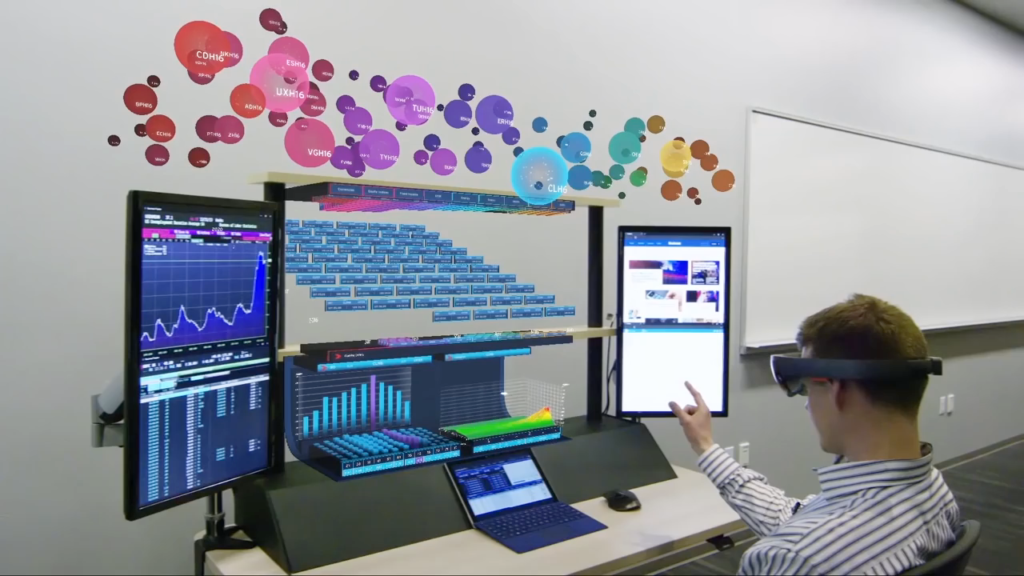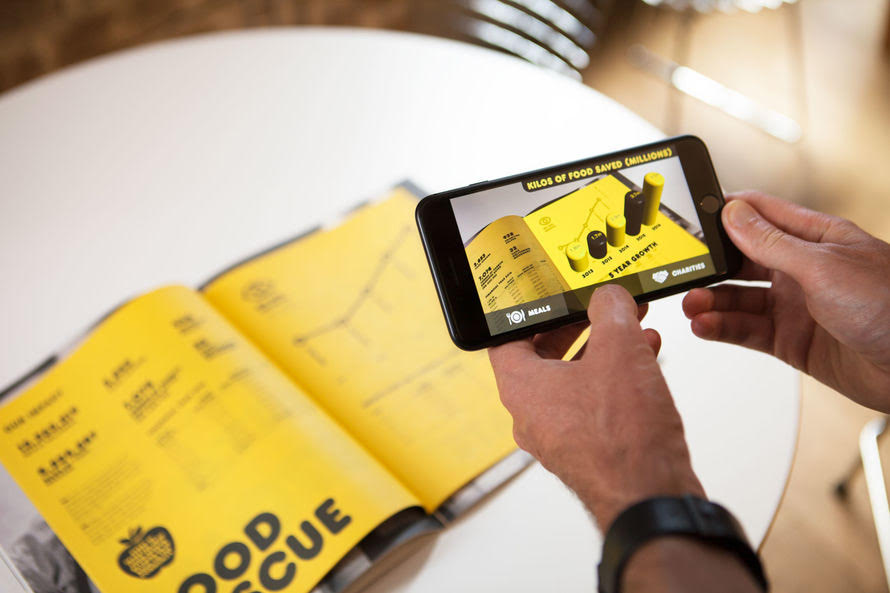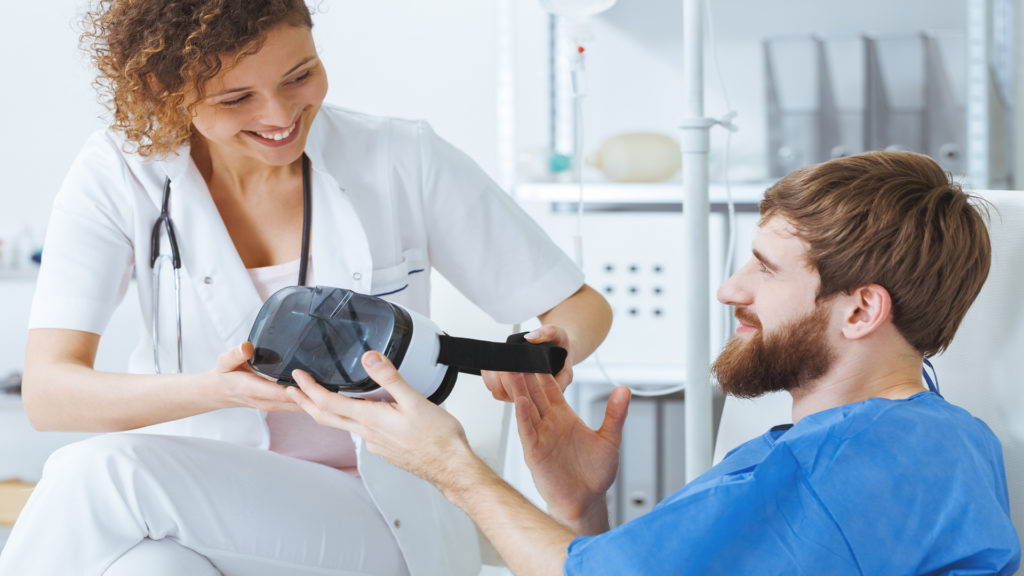Virtual Reality (VR) and Augmented Reality (AR) animation are among the most dynamic technologies impacting the business world at the minute.
We are now at the stage where AR and VR are finally reaching the tipping point into the commercial space, disrupting industries such as medical institutions, finance, security, health and fitness, education, travel, real estate and the music industry.
Facebook Business IQ says AR and VR are the technologies of the future. Google, Microsoft, Apple and IBM show they echo this sentiment by investing heavily in VR over the last year.
We are also starting to see the evolution of VR and AR as numerous industries capitalise on the ability of animation to improve efficiency, build strategy and enhance user experience.
With an ever-increasing interest and reliability on digital technologies, can businesses afford to ignore VR and AR animation? Probably not. On the other hand, early adopters have more to gain.
1. Multi-Platform Content
Augmented reality is a device-agnostic technology that can be used with iOS, Android, and Windows via a smartphone or desktop computer.
Animation brings more creativity and captivating features to live video streaming, whiteboard presentations, screen sharing, training videos and advertising campaigns.
One of the features that makes augmented reality an ideal solution for many businesses is the ability to overlay digital content on an actual view of the world in real time.
All the user has to do it point their camera at an object or space and use AR to position an object. For example, shoppers can see how an item of clothing will look on them, or whether a wardrobe will fit into an allocated space.
2. Defines User Experience
As AR and VR become more integrated, the technology is being used by businesses to enhance training and improve the skills of employees in a quicker turnaround.
With VR, you are able to reconstruct any environment and create any scenario using 3D animation software. AR enables you to add people or objects.
Therefore, you can recreate real-life situations in a virtual dimension that provides employees with an accurate representation of what they can expect to experience and feel whilst doing their actual job.
Because trainees experience scenarios first-hand, the motions they go through are recorded by the brain and muscle memory. Instructors can also gauge the emotional response of trainees and assess their mental stability.
3. Reduces Costs
Because VR and AR provides clearer, more intuitive instructions during training, less errors are made once employees perform their role in real life. The bottom line is better results and more productivity earlier on in the game.
The technology can also save businesses money on travel costs, machinery or equipment, renting conference rooms or whatever other costs you ordinarily spend to train staff.
You can also expect accrue a better ROI in advertising campaigns thus reducing the cost of your marketing whilst simultaneously improving customer loyalty by enhancing your customer service.
4. Enhance Customer Experience
VR and AR animation enhance promotional strategies, provide information in a profound way and leave a lasting impression that makes it easier for customers to recall your brand and product.
Advertising campaigns that use this disruptive technology promise to create a buzz and generate more social media coverage for your brand, product or event.
With VR you can take your customers on a virtual tour of your store which will increase the quality of the shopping experience and prompt decision making. You can even bring your products and packaging to life with rich content that provides an insight into real life experiences.
Brands that intend to attract customers from out of town can even combine promotional content with interactive maps, transport suggestions, accommodation options and restaurant tips by transporting your customers to nearby businesses.
5. Animation Help Patients Through Rehabilitation
Animation is being used by healthcare professionals to help rehabilitate patients that have suffered a stroke. Virtual rehab uses gamification techniques that improve the neuroplasticity of the brain and helps patients heal quicker by encouraging the brain to repair itself.
Because VR and AR technology is interactive, it gives patients the opportunity to perform repetitive exercises in a fun and enjoyable way. Healthcare professional are able to communicate movement information in an engaging way whilst making repetition less psychologically intense for the patient.
Virtual reality and augmented reality animation is projected to generate $34 billion over the next four years. The rapid growth means businesses that procrastinate risk getting left behind by their competitors.
On the other hand, brands that are first to the party can penetrate the market and capture the giant share of customers.
If you would like to discuss how you can integrate VR and/ or AR into your projects contact us here or give us a call on +44 (0)207 148 0526.











